
I took this picture a very long time ago at the office of one of my implanter friends in Europe. Ever since then, I’ve tried to find out about “Digikon,” but have had no luck so far. All that I have been able to find from the St. Jude legacy device database is that Digikon had produced a number of pacemaker models, including the one shown in this picture.

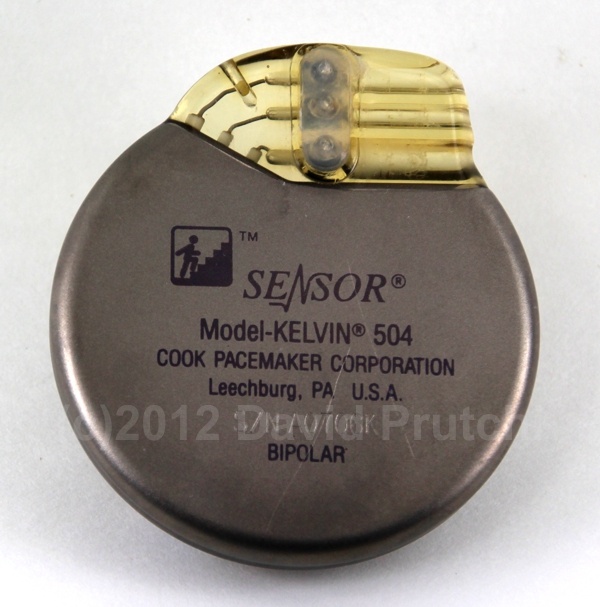
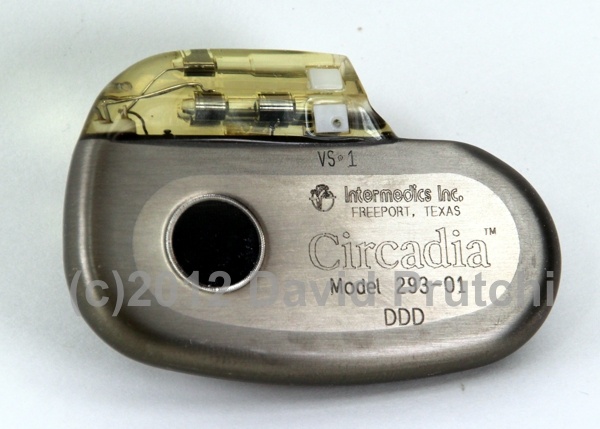
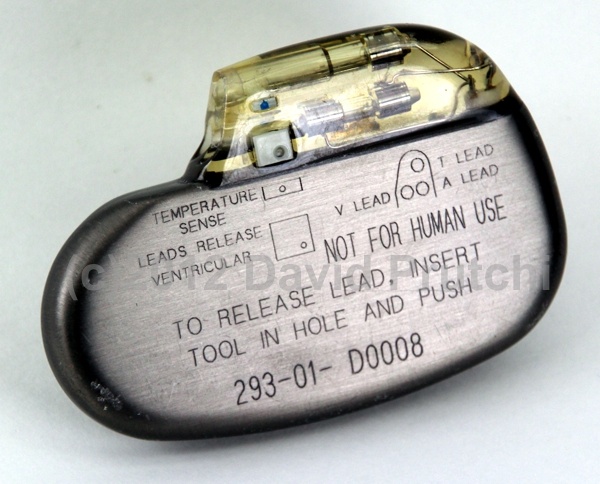
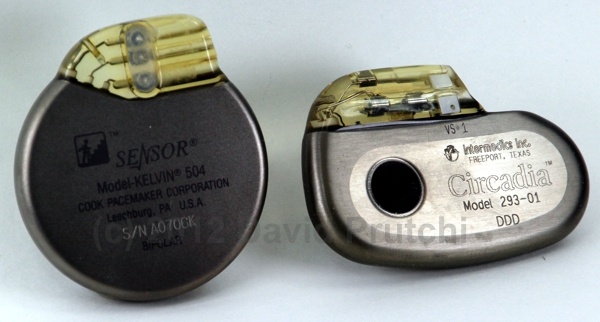 One of the indicators of metabolic demand that has been used for controlling the rate of pacemakers is central venous blood temperature (CVT).
One of the indicators of metabolic demand that has been used for controlling the rate of pacemakers is central venous blood temperature (CVT).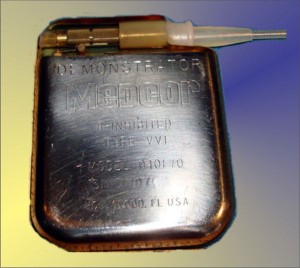


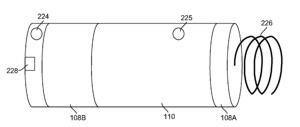
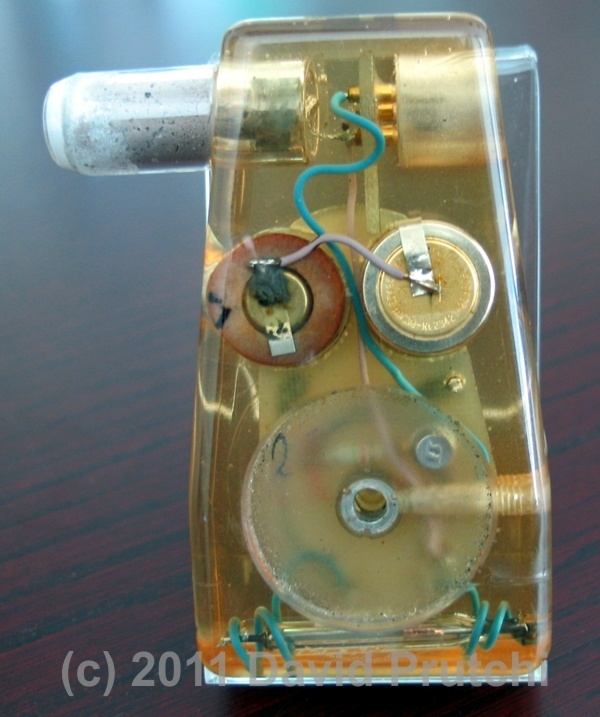
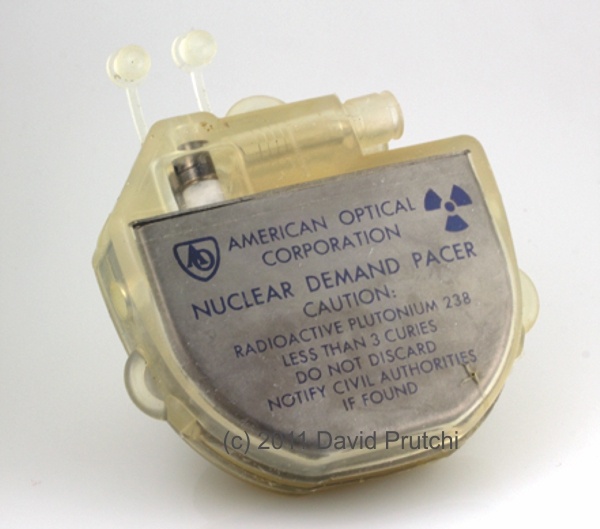
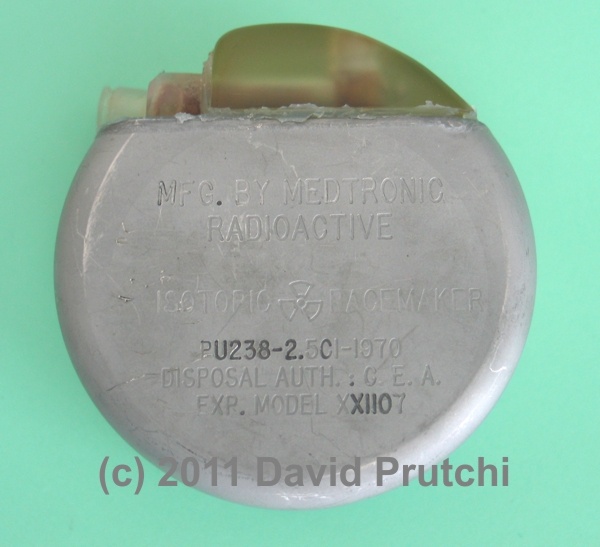
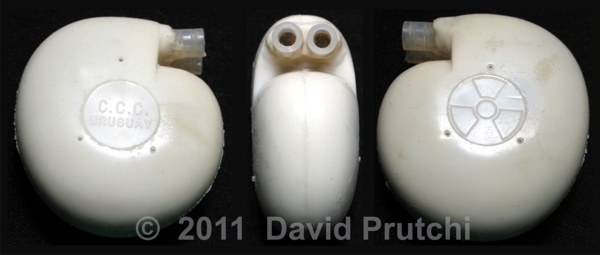

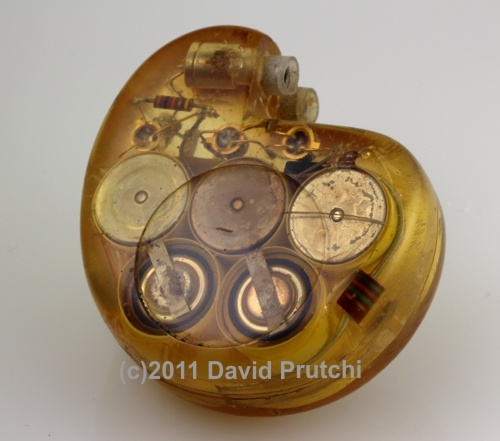

 CCC is one of the oldest pacemaker manufacturers in the world. It was founded in 1969 by Dr. Orestes Fiandra, who performed the first succesful, human, long-term pacemaker implant in the world.
CCC is one of the oldest pacemaker manufacturers in the world. It was founded in 1969 by Dr. Orestes Fiandra, who performed the first succesful, human, long-term pacemaker implant in the world.